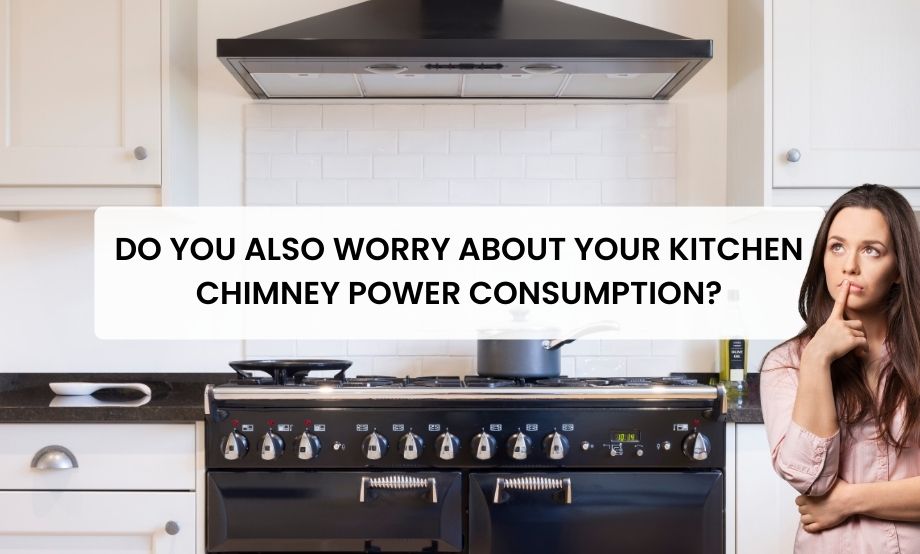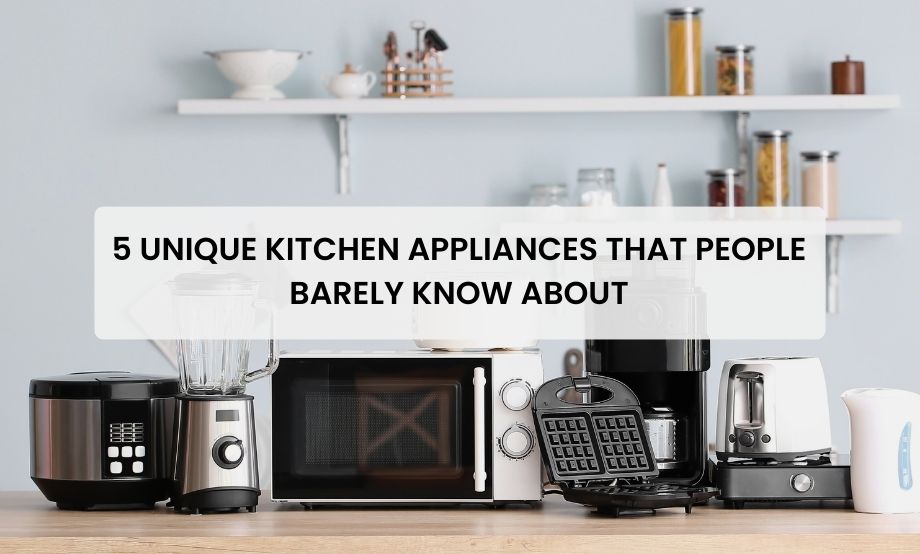![]()
When it comes to current kitchen appliances, the kitchen chimney is something that many homes can’t do without. Not only does it add a bit of class to the kitchen, but it’s also very important for keeping the area clean and odor-free. But do you also worry about the kitchen chimney power consumption?
As with any electronic gadget, there may be questions about how it will affect your utility bills, especially your electricity bill. Today, we’re going to talk about the things that decide whether or not a kitchen chimney can actually make your electricity costs go up.
Understanding the Function of Kitchen Chimneys:
Prior to evaluating the effect on electricity bills, it is essential to understand the fundamental operation of a kitchen chimney. These apparatuses function by drawing in and expelling smoke, grease, and odors produced during the heating process. The procedure entails the utilization of a motorized fan to draw air through filtration, thereby capturing impurities prior to the discharge of the purified air.

How Much Does a Kitchen Chimney Consume?
In general, the features of a kitchen chimney will have a direct correlation with its electricity consumption per hour and per day. That is to say, it differs between modes and models.
The majority of models, however, utilize motors that are not particularly robust. One can even draw comparisons between the motors installed in food processors or grinders and those utilized in kitchen chimneys. Approximately 250 watts of electricity.
In addition to power consumption of electric chimneys, the light indicators would also consume electricity. A recommended upper limit for the electrical power usage of a kitchen chimney is 4500 watts; however, it is important to consider that not all components will operate simultaneously.

Kitchen Chimney Power Consumption Per Hour
Hourly chimney power consumption indicates how much electrical energy is necessary to run a chimney fan. This metric is commonly expressed in kilowatts (kW). It serves as a means to assess the energy efficacy of a residence as a whole. The knowledge of householders regarding the power consumption of a chimney fan enables them to make more informed choices when it comes to the purchase of a kitchen chimney.
The hourly electrical power consumption of a chimney can fluctuate based on factors such as the chimney’s dimensions, the fuel type being burnt, and its overall efficiency. Additional energy will be required to circulate gas and smoke through a lofty chimney. An increase in fan speed corresponds to a greater demand for force to surmount air resistance.
Factors Affecting Kitchen Chimney Power Consumption
- Power of the motor and frequency of use: The motor power of the chimney is the main factor that determines how much energy is used. Motors with more power usually use more electricity.
- How Well the Chimney Works: How much power the chimney uses can be affected by how well its filtering system works. More advanced filtering systems might make the motor’s job easier, which would mean less electricity use.
- Taking Care of and Cleaning: For optimal efficiency, regular maintenance is a must. If the chimney is dirty or jammed, it could put stress on the motor, which would cause it to use more power.
Bottom Line
So, does the chimney consume more electricity? A kitchen chimney does use electricity, but how much it affects your bill varies on a number of factors. Choosing an energy-efficient model, being aware of how it is used, and doing regular maintenance can help keep power costs from going up. Ultimately, the benefits of a kitchen chimney may outweigh the small effect it has on your power bill.
How Caps Offers a Solution?
Caps India has a wide range of electric kitchen chimneys that are efficient. So, they help reduce power consumption and cut back on your electricity bills. They have inbuilt fast motors that work well in low voltage. Check out our wide range of products here.



